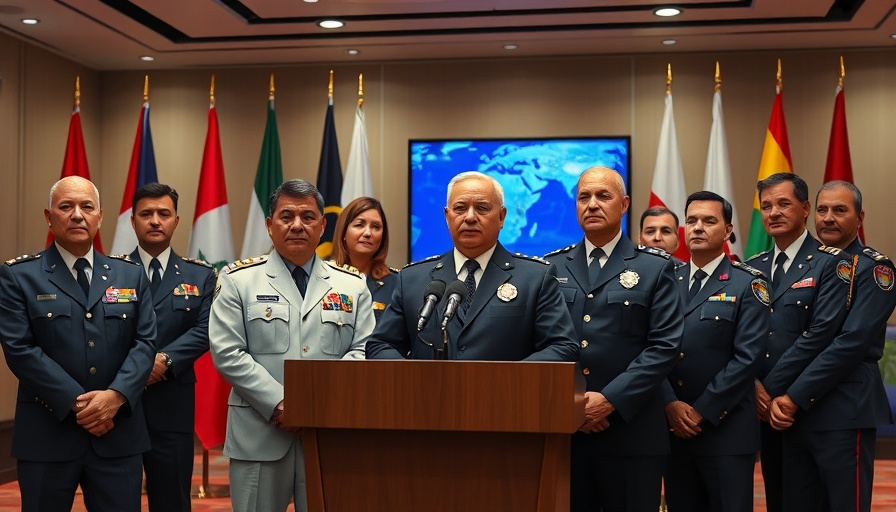
No Arrests at G7 Summit Despite Protests
In a remarkable turn of events, the G7 summit in Kananaskis Country has concluded without any arrests or ticket issuances, despite the presence of hundreds of demonstrators. This peaceful discourse, noted by RCMP Chief Superintendent David Hall, showcases a noteworthy achievement in the effective management of civil protests. "Those choosing to express themselves largely conducted themselves in the lawful, peaceful, and safe manner," Hall remarked during a recent media briefing.
Collaborative Security Efforts
The successful security operation at the G7 was a massive collaboration involving various agencies including the RCMP, Calgary police, Alberta Sheriffs, Alberta Forestry and Parks, and the Canadian Armed Forces. Each agency played a pivotal role in safeguarding the event and maintaining order, while allowing protesters designated zones for their voices to be heard. The strategic deployment of security personnel across these designated areas ensured that demonstrations remained peaceful, enabling a democratic expression of opinion alongside the summit proceedings.
Wildlife Incidents as a Major Concern
In a surprising turn, the security forces were not only prepared for human threats but also responded to more than 200 wildlife incidents reported during the summit. These responses underline the multifaceted approach taken to ensure the safety of all aspects of the event. The coordination with Alberta Forestry and Parks was critical in managing wildlife interactions, reflecting an overarching theme of preparedness for unexpected events.
Challenges Posed by Airspace Violations
While the protests remained largely peaceful, there was one alarming incident involving a small civilian aircraft that entered the no-fly zone surrounding the summit. The swift action taken by NORAD to scramble CF-18 fighter jets demonstrates the serious nature of airspace regulations during high-profile events. After numerous attempts to communicate with the pilot, the jets successfully directed the aircraft to land in Brooks, Alberta, where the pilot was met by the RCMP for further investigation. This incident illustrates the importance of stringent airspace security measures and the readiness of military forces to respond rapidly in such scenarios.
Looking Ahead: Security Lessons from the G7
The calm atmosphere at the G7 summit, despite the significant public presence, provides a valuable case study for future events. Law enforcement and security agencies can draw lessons from the planning and execution of the G7’s safety measures. A focus on collaboration with local agencies, as witnessed during this summit, can enhance public safety while also respecting citizens' rights to protest. The successful management of wildlife incidents further emphasizes the need for comprehensive risk assessment in event planning, which can minimize disruptions and ensure safety.
Conclusion: A Model for Future Events
The G7 summit stands as a testament to the effectiveness of proactive security measures combined with a respect for civil liberties. Although there were numerous wildlife incidents, the absence of any arrests suggests that peaceful protests can coexist with major international gatherings if well managed. Law enforcement agencies can utilize this experience to refine their approaches to public safety in future events, ensuring that the rights of individuals are preserved while maintaining order and security. As communities continue to host significant summits, these insights will be invaluable for fostering a climate of cooperation and understanding.
 Add Row
Add Row  Add
Add 




 Add Row
Add Row  Add
Add 

Write A Comment